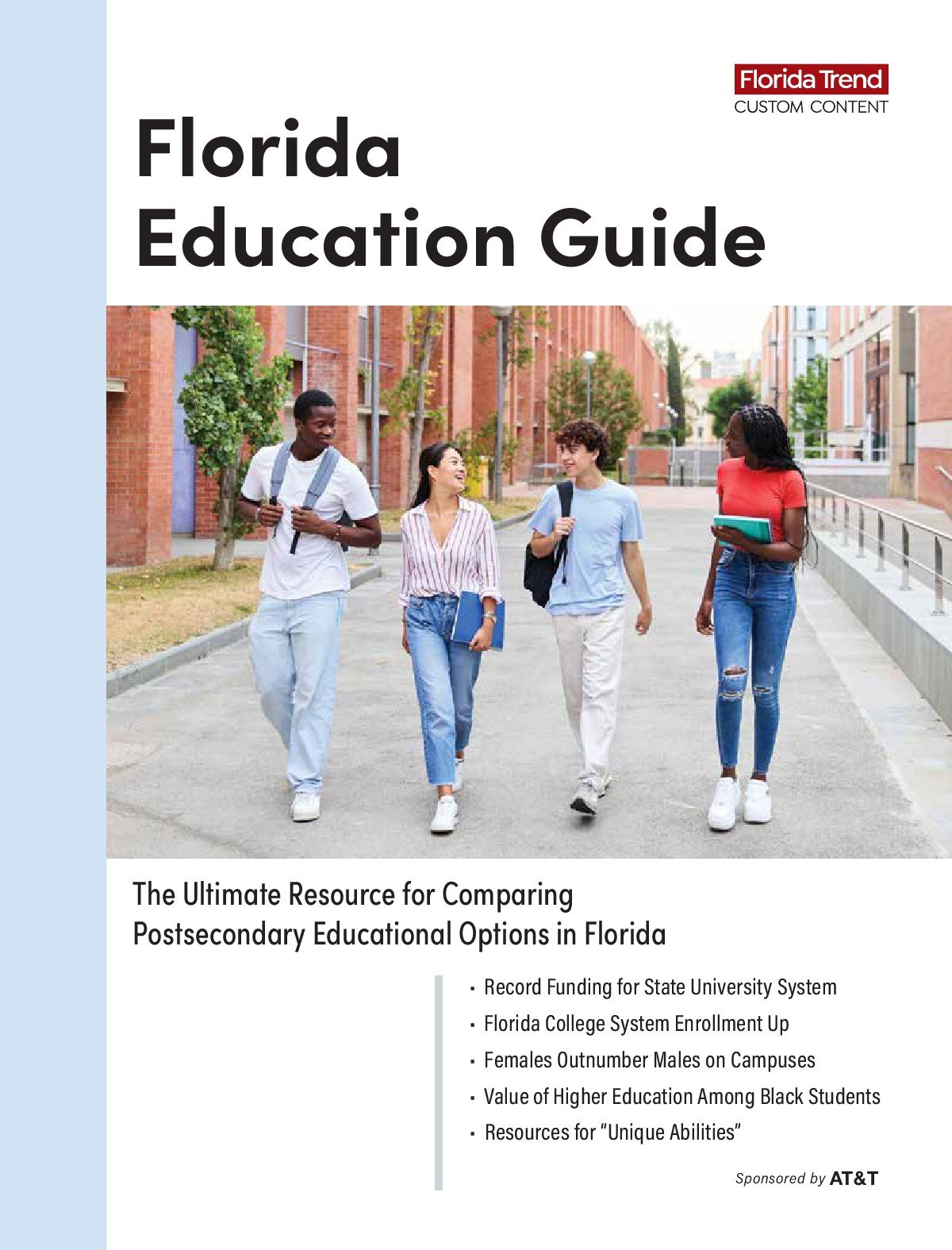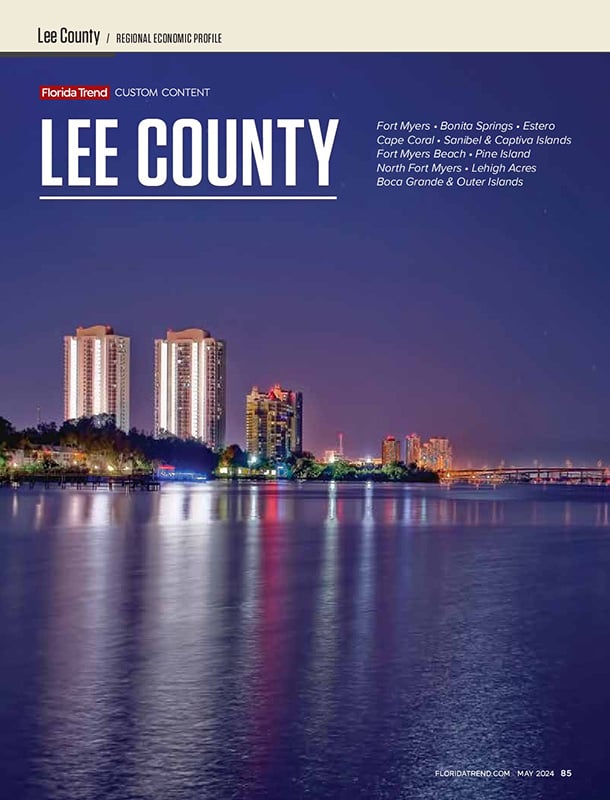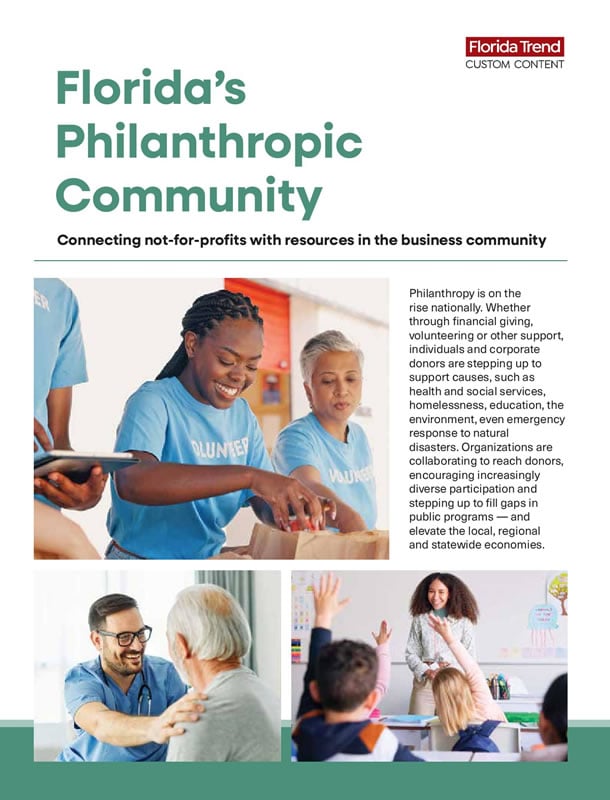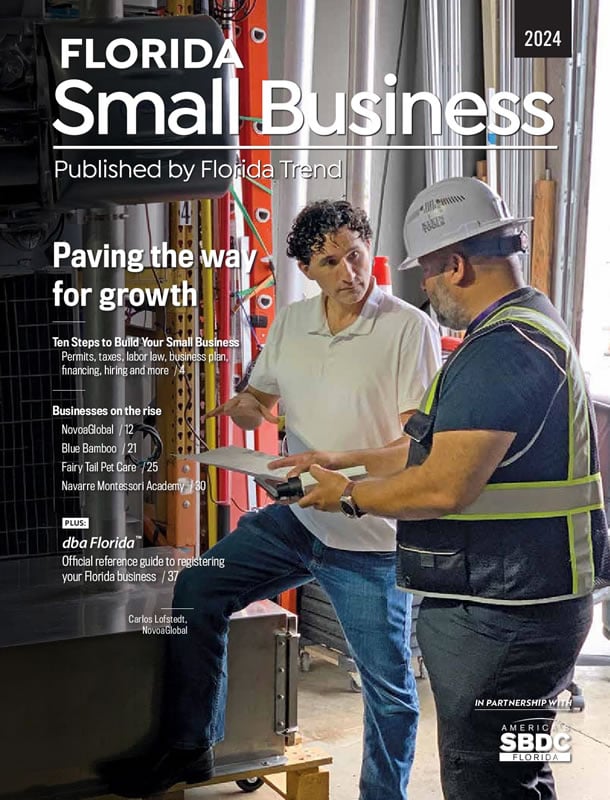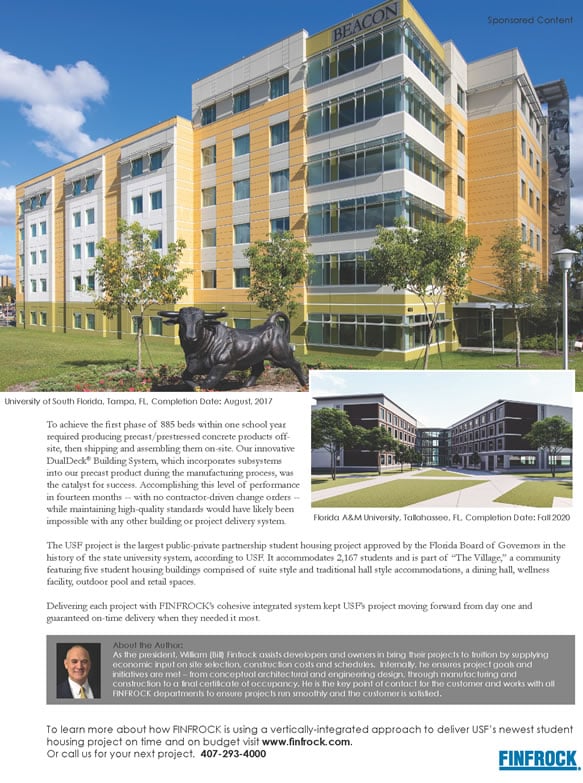Minorities have contributed substantially to the state's accelerated population growth from 1990 to 1997 -- 13% compared to the national average of 7.6%. In that period, Florida's black population grew by 24%, and the number of Hispanics increased by nearly a third. Each group now represents almost one-sixth of Florida's 15 million residents. The state's Hispanic population recently surpassed the number of blacks, adding 514,649 between 1990 and 1997 -- the third largest increase nationally, behind California and Texas. By the year 2000 the Hispanic population should reach 2.4 million, with African-Americans close behind at 2.3 million.
The increase in African-American in-migration in the past decade is noteworthy for several reasons. For one, it has reversed a 30-year trend during which Florida's black population shrank from about 18% of the total in 1960 to 14% in 1990. By 1997, that percentage had risen to 14.6%, and Frey expects it to continue to increase slightly. "Raw data is often hard to make conclusions with," he cautions, "but when indicators and estimates all point the same direction, something's going on."
What's going on, of course, is the state's unparalleled economic health and its job creation boom. Just as members of all ethnic groups saw opportunity in the Northeast and Midwest in the late 1800s, today's new residents see economic opportunities in Florida and the rest of the Sunbelt in the late 1900s.
The trend may also indicate that many young African-Americans are looking beyond the racist Jim Crow legacy of Florida and the South. Frey's data indicate that the majority of African-Americans moving to Florida are of working age and are more likely than long-time black residents to live in the suburbs. The concentration of new African-Americans in the state's large urban areas -- Miami, Fort Lauderdale, Orlando, Tampa, St. Petersburg and Jacksonville -- means Florida may not quite deserve the "new minority melting pot" tag that Frey gives it. But more traditionally "Southern" areas of the state such as the Panhandle also have shown increases in the percentage of African-American residents. And in south Florida, cultural diversity has simply become a given: Hispanic culture is well-established, and there's a growing nexus of social institutions encompassing Caribbean, Latin, African and African-American blacks.
One possible spinoff of the demographic trend could be a surge in the number of African-American companies, particularly in southern Florida. In 1992, the last time the U.S. Census Bureau did a comprehensive tally, Hispanic-owned businesses outnumbered African-American businesses by about three to one. But many of Florida's new African-American residents are middle class professionals with corporate experience and strong entrepreneurial drive, says Inez Long, who heads one of Florida's seven public-private Black Business Investment Corporations.
"More and more of these newcomers are going into business areas that African-Americans who grow up in Florida traditionally have not gone into," says Long, who works out of Orlando. Many new African-American Floridians are seeking out high-tech businesses such as telecommunications firms and online services, or starting companies that capitalize on their own professional experience as accountants, financial specialists or environmental engineers. A new census bureau report on minority-owned businesses is due out next year.
South Florida has proven to be a particularly strong draw for African-Americans of Caribbean descent who have lived elsewhere in the U.S. and now seek new opportunities. "If you are in a business and you're Caribbean, eventually you'll go where there's a professional, economic, political and social infrastructure that supports you," explains Norman E. Taylor, director of economic development for Broward County.
Eric Hammond, born in Jamaica and trained as both an electrical and a mechanical engineer, spent years in the U.S. working for companies such as 3M Corp. in St. Paul, Minn., and Eastman Kodak in Rochester, N.Y., before settling in Fort Lauderdale in 1988. Today he owns and runs two businesses: Hammond & Associates, an engineering consulting firm, and Total Systems, a contracting company. Hammond is also the president of the Greater Caribbean American Chamber of Commerce in Fort Lauderdale.
Despite different regional origins, many incoming Caribbean blacks and southbound African-Americans have something in common: a desire to crack the African Market. "Africa's a huge, unlimited and under-appreciated market," says Taylor, adding that the number of trade missions between south Florida and Africa has accelerated in the past five years. In October, Inez Long will lead a delegation of 30 Floridians, plus county and city officials from Orlando, on an African trade mission to Senegal, Ghana and the Ivory Coast.
What's ahead? Expect an ongoing increase in African-Americans moving to Florida, says Frey, especially when the nation's black baby boomers hit retirement age and go south to get warm and to be close to family members. Those seeking economic betterment will also keep coming. Out-of-state African-Americans "don't perceive Florida as being the Florida of 20 years ago," Inez Long points out. "They see this state as a basin of opportunities."






